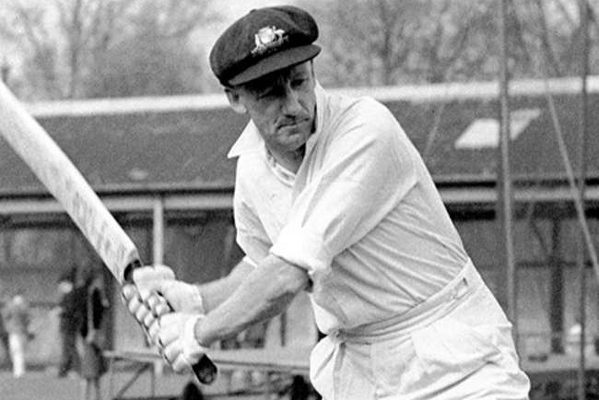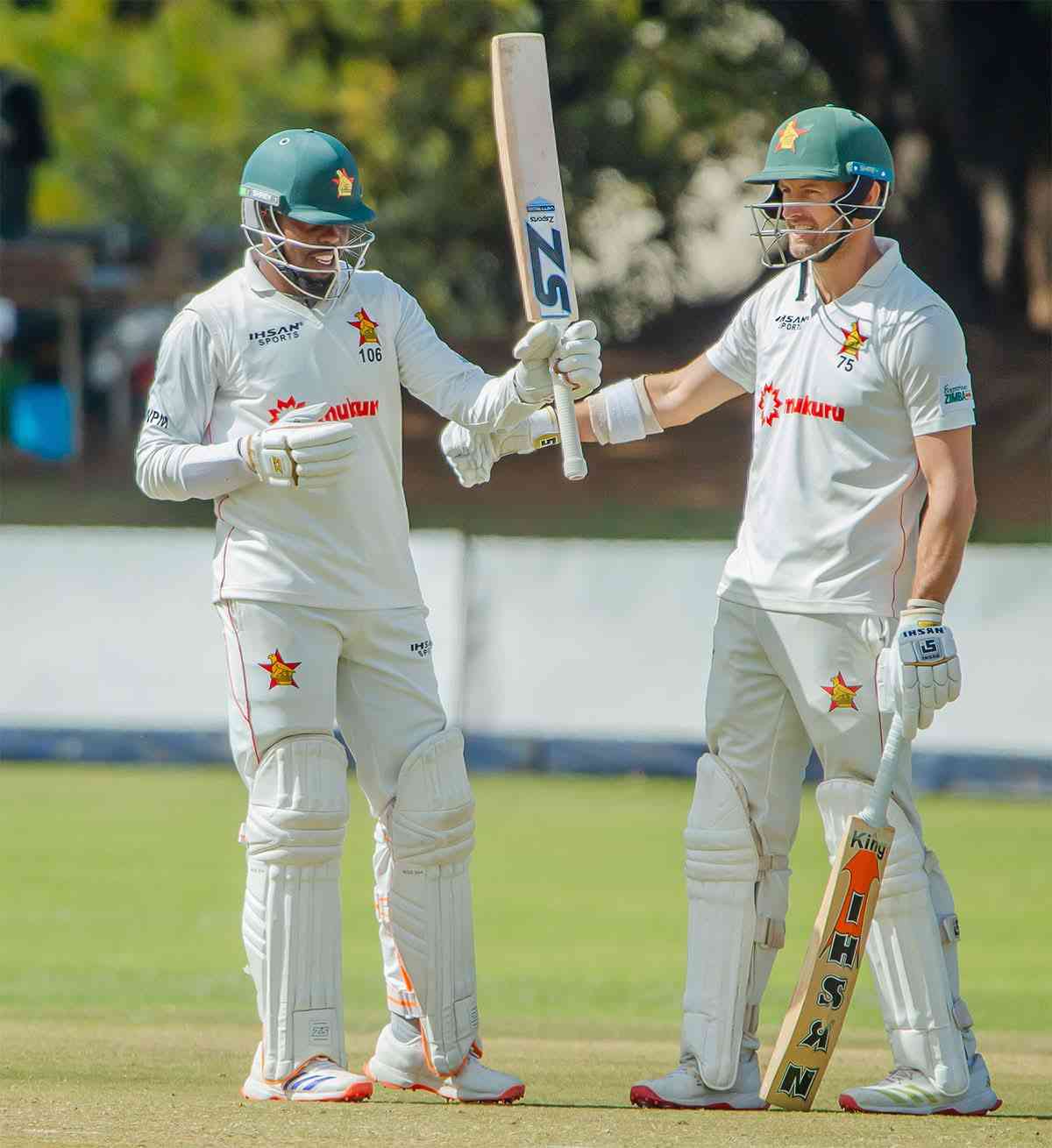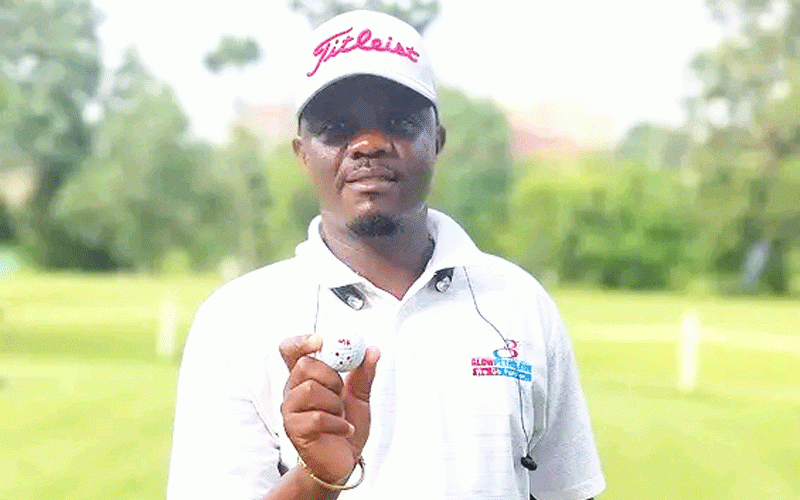
school of sport:with TIM MIDDLETON
SIR DONALD Bradman was an extraordinary sportsman and cricketer. The Don may not have scored the most centuries in Test cricket (mainly as he played far less Test cricket than those who are ahead of him), but he does hold many other records. He has the greatest ratio of turning centuries into double (or triple) centuries; 41% of his centuries became double centuries (from 15% of his total innings) while he remains the player with the most double centuries despite playing far fewer matches than his nearest rivals. His ratio of scoring centuries stands far above all other players, at 36% of his innings (29 in 80 innings). Furthermore, he has the incredible Test average of 99.94, which can be put in context by noting that the next highest Test average of any batsmen of any era is 62. And, of course, we all know he was bowled for 0 in his last innings (one of only seven scores of 0 in Tests he had) when he only needed to score four runs to have a Test average of 100.
Why are people so upset that his average remained at 99.94 instead of 100? What is so special about a century? Why do we get so hung up on them? Why do we not celebrate 99, it being only one run different? Nine batsmen have been out for 99 on two occasions in Test cricket, though Bradman was never out for any score in the 90s (he was left not out on 299 in one Test match). After all, what use is a century if the match is lost? What relevance is a century when some centuries are achieved by a dull, defensive, unexciting, selfish approach while others may be scored in record time with plenty of risk and missed chances?
Furthermore, there is no competition for scoring centuries.
Why are we focusing on Bradman and his centuries? Few even of the faithful readers of these articles will be aware that this is the one hundredth article in this newspaper on why we do sport at school. In truth, there is no reason to celebrate that fact. Just as in cricket, a centurion may well have been given a let-off a few times (dropped catches or missed stumpings) or scored streaky, lucky runs at different stages, so with these articles there will have been lucky ones, poor ones, dropped ones. And anyway, is 100 enough? Like Bradman, perhaps we simply carry on until we run out of ideas, are stumped for things to say, are caught off guard, are bowled over by better arguments, or are trapped LBW (Left Behind Wisdom).
Interestingly, when modern batsmen score a century in international matches (and increasingly, sadly, at any level of match, even schoolboy) it seems that it is heralded by screams of delight, jumps in the air, points to the dressing-room, prayers to the skies, kisses of the ground or the badge on the helmet. It has been recorded, however, that whenever Bradman scored a century he would simply re-take his guard at the crease; in effect, he recognised that it was a landmark, but he focused again on the task in hand. The game was not about scoring centuries.
So, like Bradman, with this article, we also take guard again; we are not after records, but rather seek to help the “team” (Zimbabwe schools) do better. We use the opportunity to re-focus on what we are seeking to do. The century is useless if the point of all the articles is lost. This is just another article, like just another run, one more opportunity to build on the foundation we have built. In fact, the number 100 is made up of just a one and two nothings; in that regard, nothing will come of this article if nothing is learned when a game is won. Bradman had the extraordinary ability, focus and concentration to achieve high scores consistently and that should be our aim too, whether it is in our sport or our work. We do well to learn from Bradman.
In taking guard again, we see it fitting to quote the man (The Don) himself. At the inaugural induction of athletes into the Sport Australia Hall of Fame in December 1985, he said that, “When considering the stature of an athlete or for that matter any person, I set great store in certain qualities, which I believe to be essential in addition to skill. They are that the person conducts his or her life with dignity, with integrity, courage, and perhaps most of all, with modesty. These virtues are totally compatible with pride, ambition, and competitiveness.”
- Chamisa under fire over US$120K donation
- Mavhunga puts DeMbare into Chibuku quarterfinals
- Pension funds bet on Cabora Bassa oilfields
- Councils defy govt fire tender directive
Keep Reading
Each of our children playing sport at school should be learning to play and live with such dignity, integrity, courage and humility while seeking to go higher and higher in an increasingly competitive world. How is that?
l Tim Middleton is a former international hockey player and headmaster, currently serving as the executive director of the Association of Trust Schools Email: [email protected].











